This easy savory cornbread recipe will be your family’s favorite! With just a few ingredients and a few simple steps, you will have the most delicious cornbread recipe!
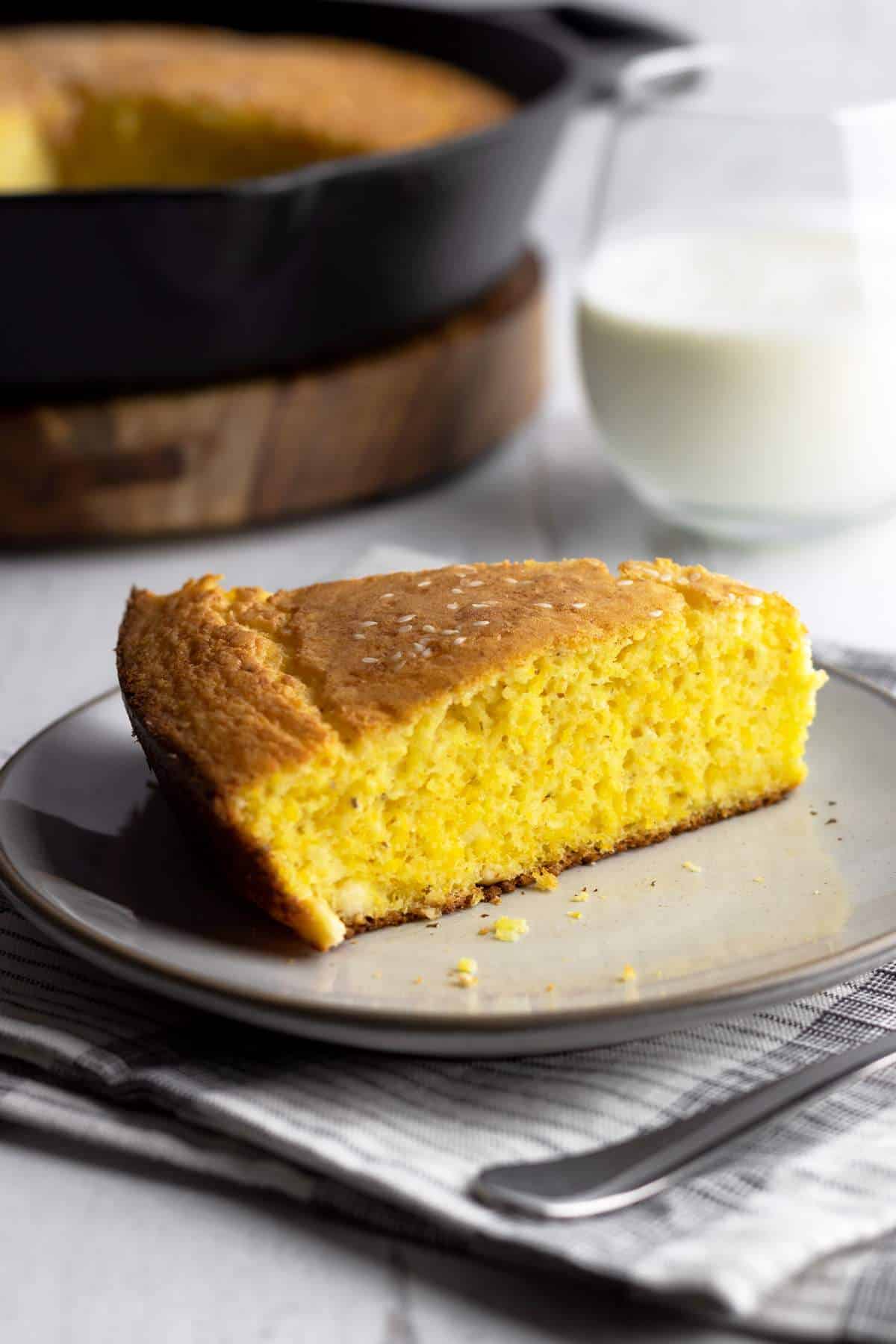
This cornbread recipe is traditionally called proja in the Balkan area. It’s exclusively served as a savory side dish or even as a replacement for bread.
Try these fantastic cornbread muffins if you want something delicious to make with cornmeal. Or if you’re in the mood for something even more indulgent, you can’t go wrong with homemade lard biscuits.
Jump to:
Ingredients
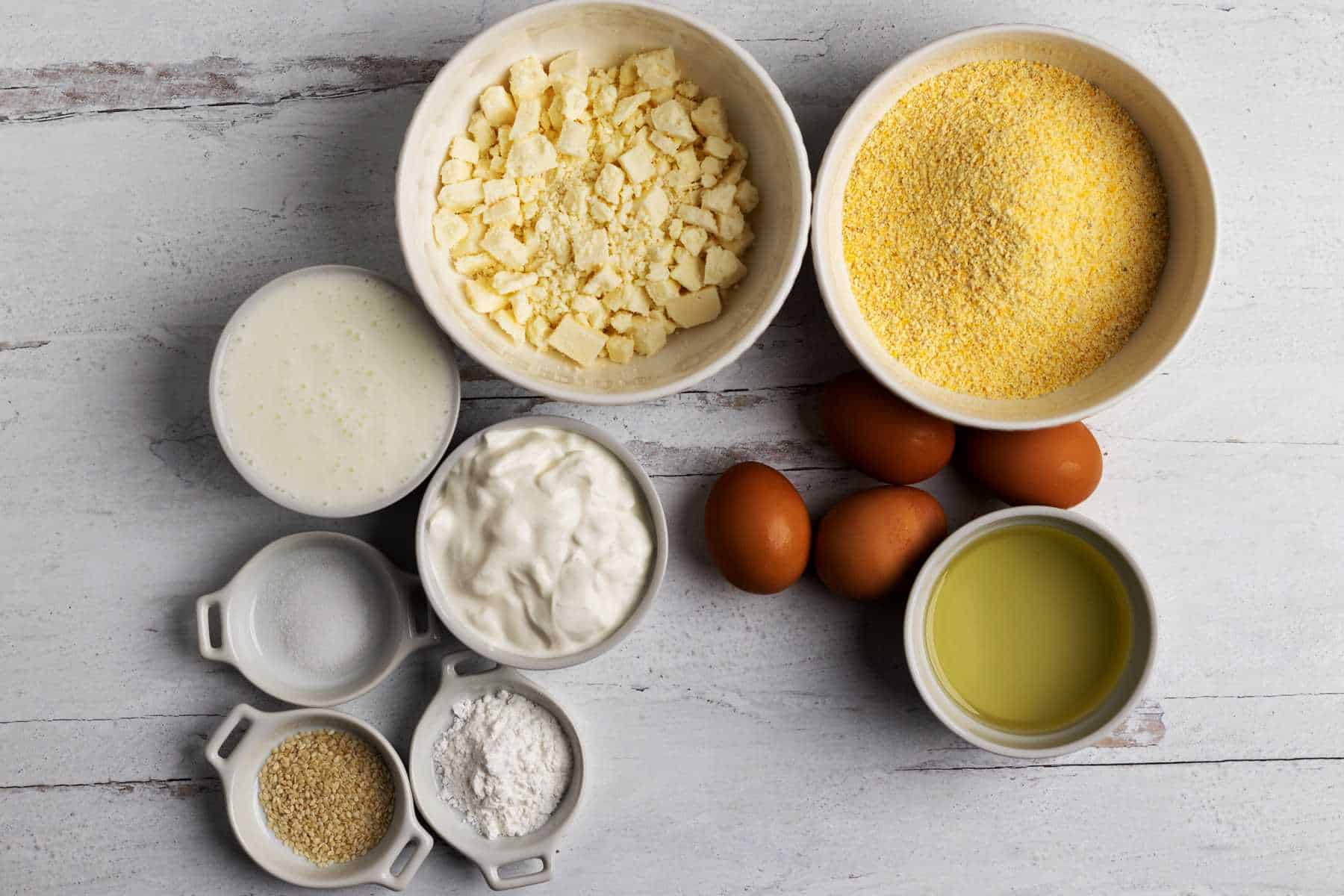
- Eggs: We will use four large eggs. Eggs are helping to give structure to cornbread. They also contribute to the color, flavor, and consistency of cornbread.
- Oil: I used canola oil in this recipe. You can substitute it for any other oil you prefer.
- Kefir: I used plain kefir for this recipe. I like the combination of kefir and sour cream for this cornbread recipe. It will be soft and delicious even after a day or two. Kefir is excellent for gut health, bone health, and it can boost your immune system.
- Sour cream: Sour cream will give softness to this cornbread.
- Cornmeal: I used Bob’s Red Mill medium grind cornmeal.
- Baking powder: We need just a little bit to lift the cornbread.
- Salt: Adding a little bit of salt for flavor.
- Feta cheese: I used crumbled feta cheese for this recipe. The feta texture and flavor are perfect for this cornbread recipe. I have not tried to use any other cheese.
- Sesame seeds: We need a little bit to sprinkle on top.
See recipe card for quantities.
Instructions
Step 1: Preheat the oven to 400 Fahrenheit and grease a 10-inch round pan (I used a cast-iron skillet).
Step 2: In a medium-sized bowl, add eggs and beat with a wire rack for a minute. Add oil, kefir, and sour cream. Mix until combined.
Step 3: Bake for 40 minutes or until golden on top. Cut into pieces and serve immediately. Yum!!!
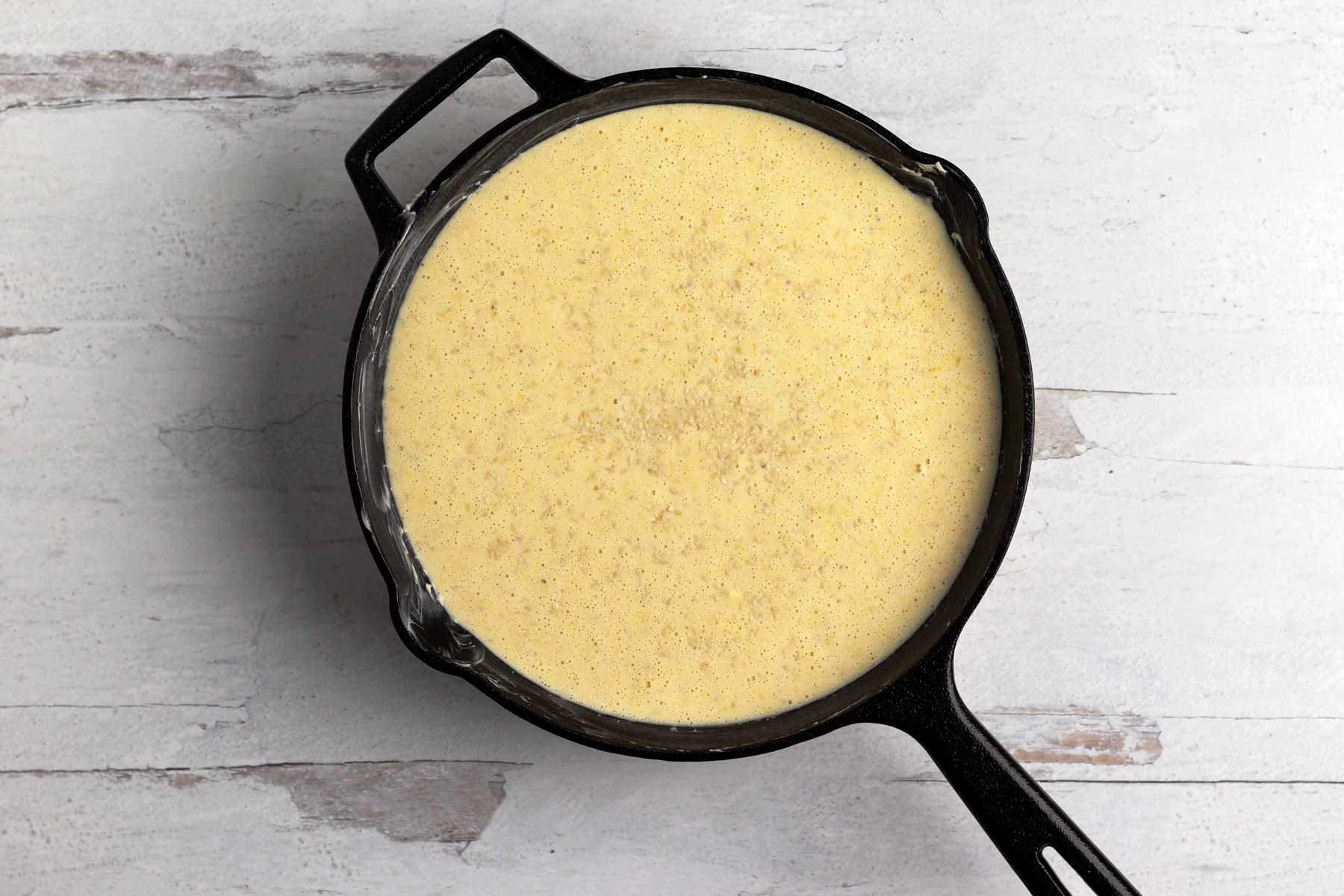
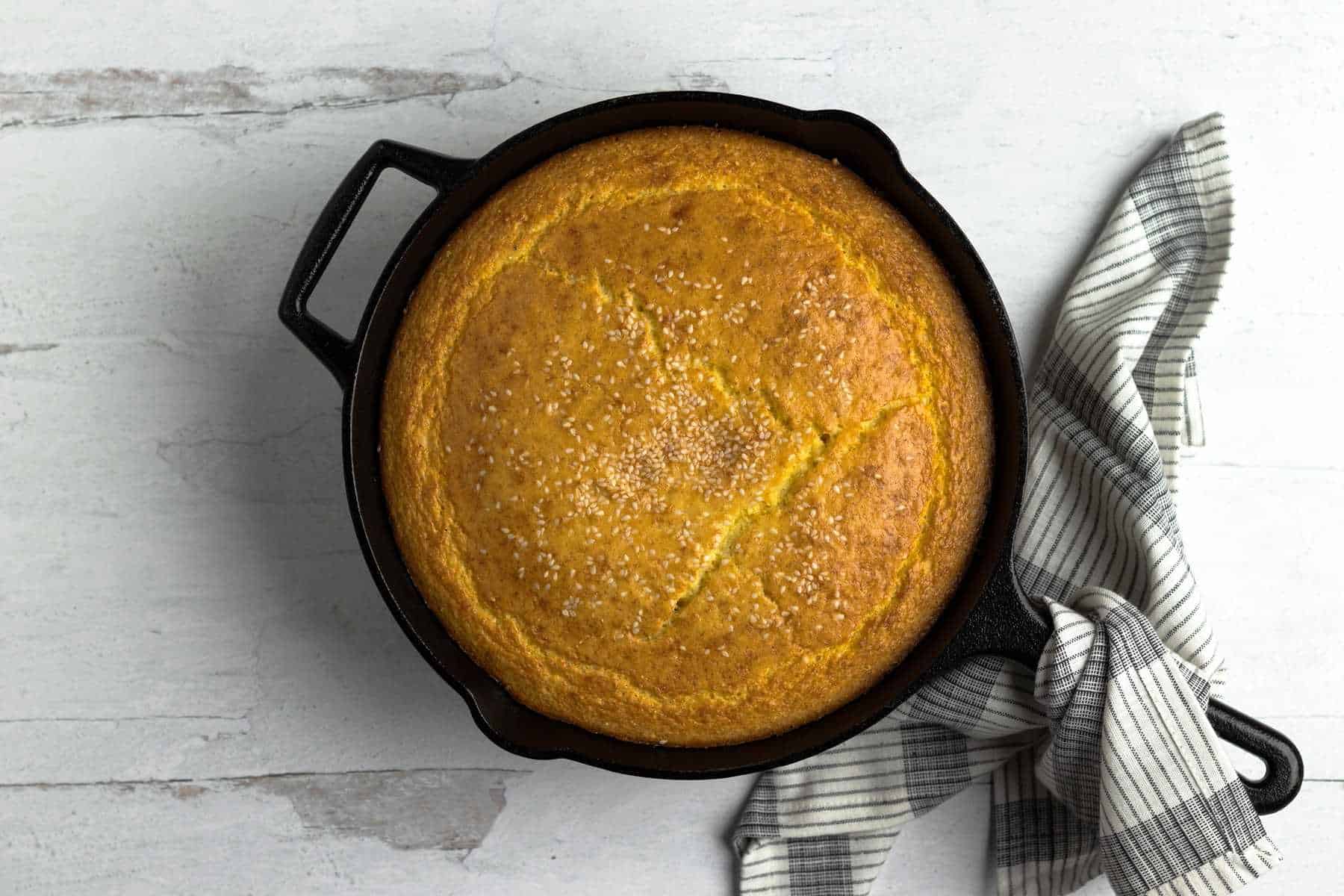
I love this cornbread! It has that golden crust on the outside, and it’s soft and filled with feta cheese on the inside.
What Goes Well with Cornbread
Savory cornbread is a perfect side dish for any meat or stew. Here are some of the ideas:
- Roasted vegetables
- Chilli
- Homemade stews
- Soups
- BBQ
- Chicken
Storage
The cornbread is the best when you eat it warm, but it will still be delicious and soft if you leave it in an air-tight container on the counter for up to two days or in the fridge for up to 4 days.
Other Appetizers and Sides You’ll Love
- Healthy Cornbread Muffins
- Easy Yeast Rolls for Beginners
- Homemade Lard Biscuits
- Homemade Crescent Rolls
- Ricotta Honey Toast
Related
Looking for other recipes like this? Try these:
Pairing
These are my favorite dishes to serve with [this recipe]:
Recipe
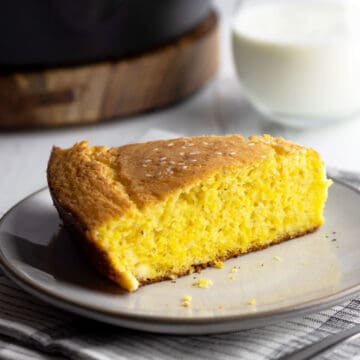
Easy Savory Cornbread
Ingredients
- 4 eggs
- 0.4 cup canola oil
- 1 cup kefir
- 1 cup sour cream
- 1 ½ cup cornmeal (plus 1 tbsp)
- 2 ½ teaspoon baking powder
- ½ teaspoon salt
- 1 ¼ cup crumbled feta cheese
- sesame seeds to sprinkle on top
Instructions
- Preheat the oven to 400 Fahrenheit and grease a 10-inch round pan (I used a cast-iron skillet).
- In a medium-size bowl, add eggs and beat with a wire rack for a minute. Add oil, kefir, and sour cream. Mix until combined.
- In another bowl, add cornmeal, baking powder, and salt. Mix until combined.
- Add dry ingredients to wet ingredients and mix until combined. Add feta cheese and mix until incorporated. Transfer the mixture to the cast-iron skillet. Sprinkle the sesame seeds on top.
- Bake for 40 minutes or until golden on top. Cut into pieces and serve immediately. Enjoy!


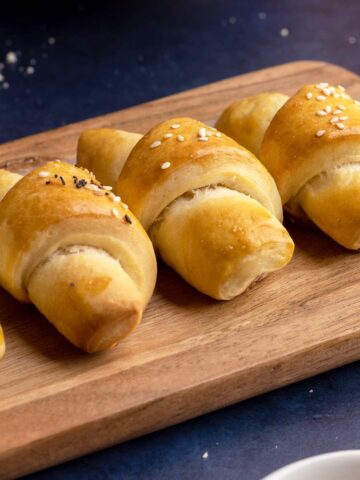
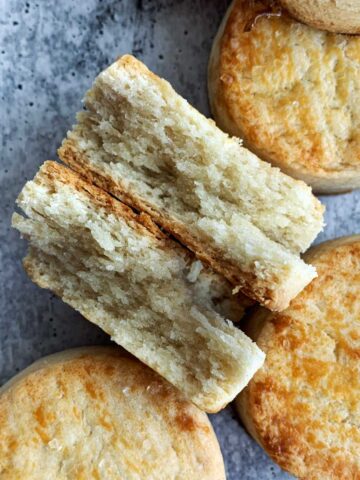
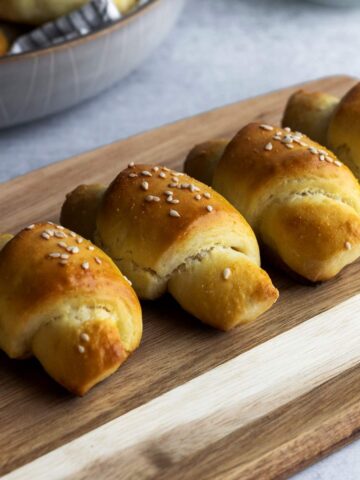

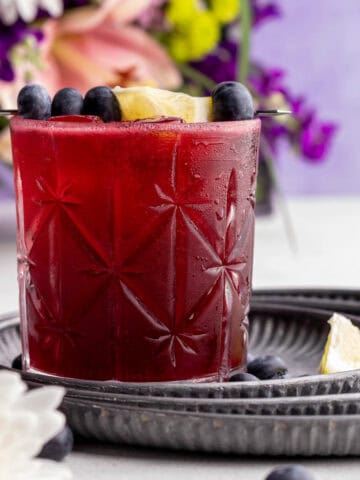
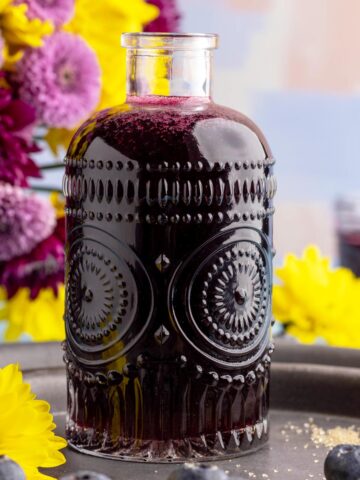

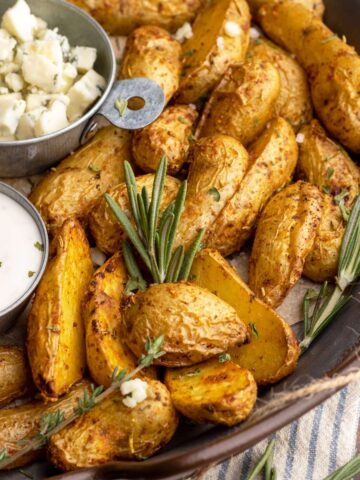
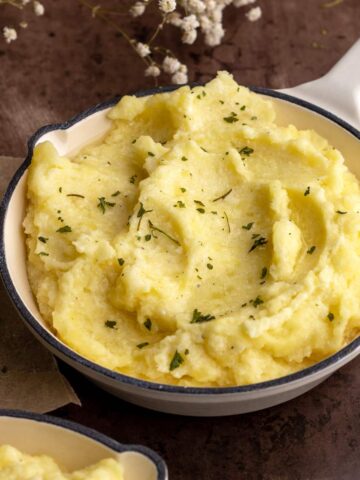
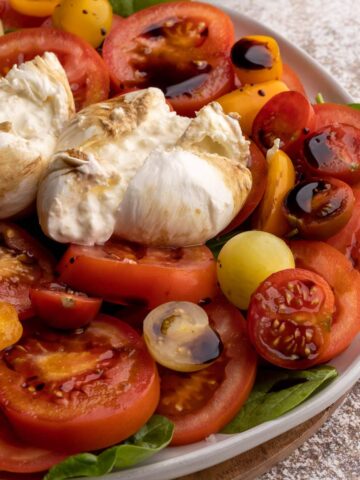
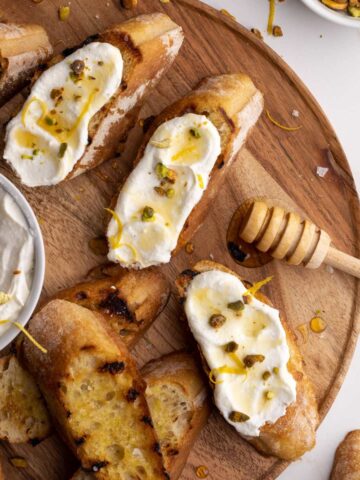
Leave a Reply